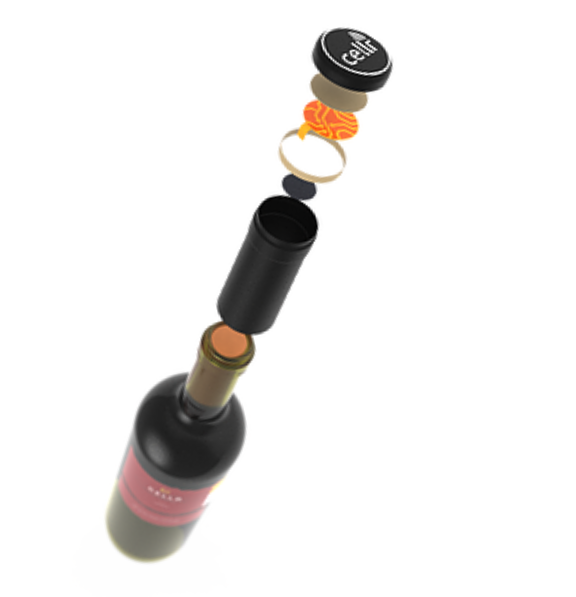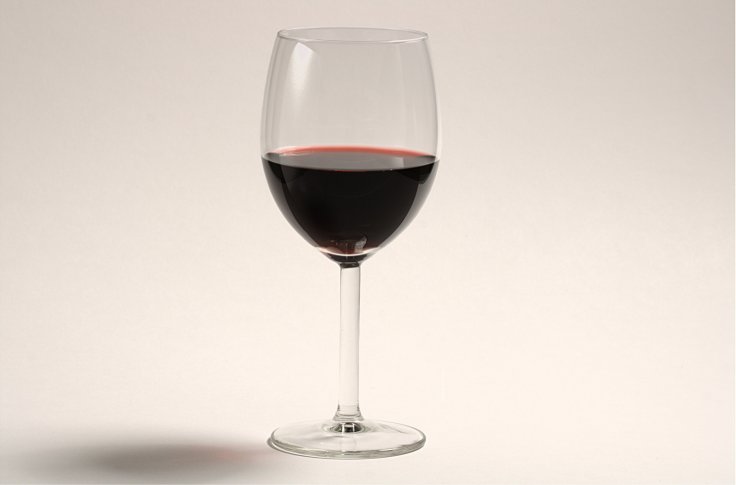If you think you know what wine you're drinking, you could be wrong and that fancy bottle of red liquid could be one of the fake wine bottles that contributes to a trade that pinches billions of dollars a year from the global wine industry.
There's a possibility you might be drinking fake wine, but don't fret because there's a solution to this problem. An Australian start-up is taking on the fake wine market by developing new smart bottle caps that can tell whether or not the wine you're sipping is fake.
Bottle caps that detect counterfeit wine

The Perth-based company, called Cellr, produces plastic caps for wine bottles fitted with both NFC and RFID chips, which can be scanned using an accompanying mobile app. The app then instantly confirms the wine's authenticity by crosschecking information via a large database.
Cellr is looking to price each bottle cap between three and six cents and with global wine sales crossing $350 billion in a year, selling even a small fraction of its technology could rake in a lot of revenue for the company. Cellr has already received a large chunk of funding, AUD $150,000 to be more specific, from the government to extend the product's rollout.
Ideal for wineries

The technology is being pitched to wineries that can program the caps' in-built chips to contain a unique "digital birth certificate" for each bottle of wine they produce, and buyers can then verify the product's origin and legitimacy with the help of the app.
"So some of these [production] lines are running 18,000 to 45,000 bottles an hour," Co-founder Chris Braine told ABC News. "Our technology allows us to create a unique individual birth certificate for each of those products, which is then resurfaced anywhere, any time around the world via the mobile phone."
Counterfeit wine industry

Counterfeit wine makes up about 20 percent of the amount of wine sold every year, taking an estimated $70 billion in revenue away from wine companies. Counterfeiters typically operate by manufacturing fake labels or refilling used branded bottles with cheap wine.
"The solution needs to be embedded in the bottling process and not something that's cosmetic,' Braine noted. "QR codes and stickers on bottles, for example, are ... solutions which exist in the market place today and can be copied in the millions."
"So we've gone about re-engineering the capsule that gets [the technology] embedded with tamper-proof evidence and a binary state — that means we can have a live state and a dead state within a bottle," he added.









